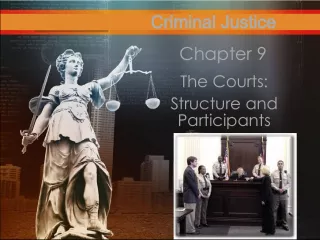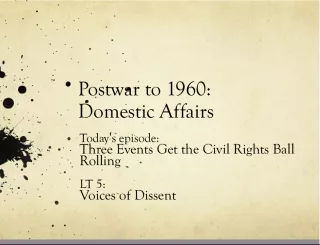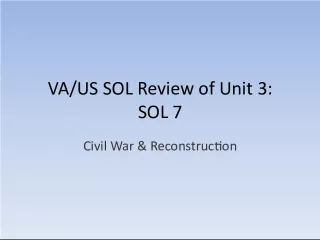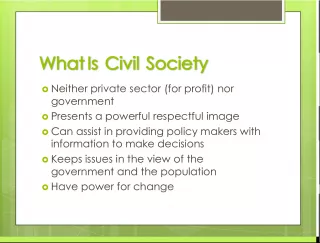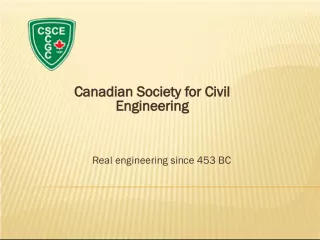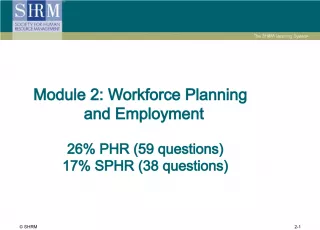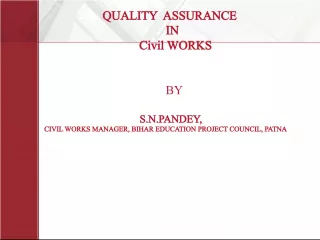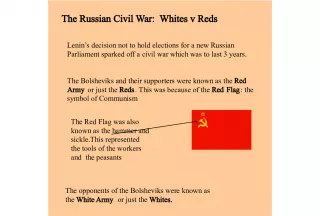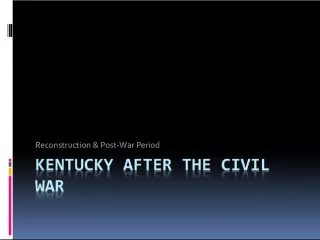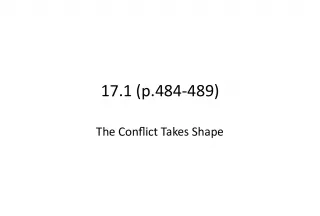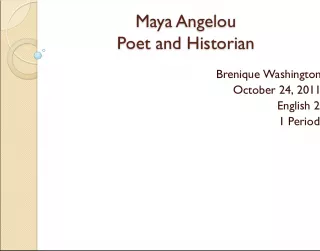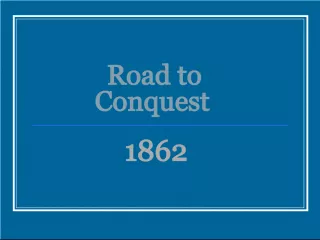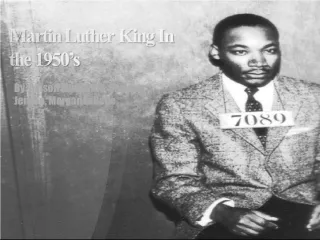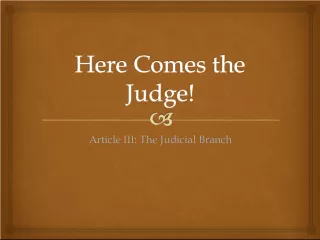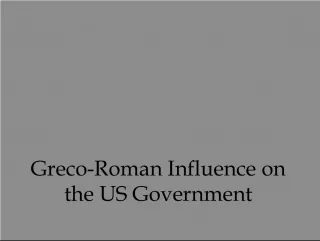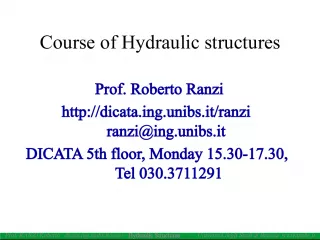Understanding Civil Law and Civil Cases
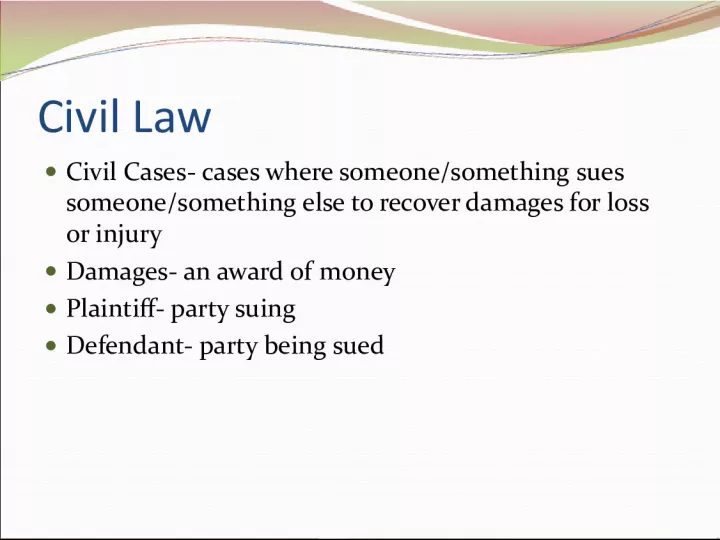

This article delves into the basics of civil law and civil cases. A civil case refers to a legal action where one party sues another to recover damages resulting from loss or injury. Damages
- Uploaded on | 0 Views
-
 wesley
wesley
About Understanding Civil Law and Civil Cases
PowerPoint presentation about 'Understanding Civil Law and Civil Cases'. This presentation describes the topic on This article delves into the basics of civil law and civil cases. A civil case refers to a legal action where one party sues another to recover damages resulting from loss or injury. Damages. The key topics included in this slideshow are . Download this presentation absolutely free.
Presentation Transcript
Slide2Civil Law Civil Cases- cases where someone/something sues someone/something else to recover damages for loss or injury Damages- an award of money Plaintiff- party suing Defendant- party being sued
Slide3Types of Civil Cases Negligence Breach of contract Family matters Property disputes
Slide4Civil Suits in the News Apple vs. Samsung- a patent dispute
Slide5Process of bringing a suit Hire a lawyer to file a complaint with the court The court sends a summons to defendant announcing they are being sued Lawyers on both sides check facts and interview witnesses (discovery) Settlement- defendant offers to pay money to the plaintiff Mediator- helps two sides come up with a solution
Slide6Trial May be jury most likely judge decides Plaintiff must only prove defendant was more then likely responsible Loser has the right to appeal Copy chart on p. 450
Slide7Criminal Cases Penal Code- spells out a states punishments Parole- early release from prison Judges have sentencing options Suspended sentence (no timed served) Probation Home confinement Monetary fine Imprisonment Death
Slide8Process Arrest Arraignment- defendant formally presented with crime and bail is reviewed Trial Each side calls witnesses to testify Each side can cross-examine witnesses
Slide9Verdict Jury goes to room to determine guilt To convict there must be no reasonable doubt Most cases must have a unanimous verdict Jury can decide to Acquit- vote not guilty Convict- vote guilty Hung jury- no decision can be made Usually benefits the defendant
Slide10Sentencing Judge decides on sentence after review facts of case Judge has discretion in most cases The defendant can appeal if they lose Usually appeals say judge made errors or rights were violated Prosecution cannot appeal- double jeopardy Copy Chart on p. 457
Slide11Other Types of Law
Slide12Common Law Description Unwritten laws created based on prior court decisions (precedents) and tradition. Examples Precedents Zenger trial established freedom of the press
Slide13Statutory Law Description Laws passed by a legislature (Acts) Example 1964 Civil Rights Act (outlawed segregation in America).
Slide14Administrative Law Description A regulatory laws created by a government agency Example FDA standards, ‘bleeped’ words on the radio (FCC)
Slide15Constitutional Law Description A Law created by the Constitution or Supreme Court decision Example No poll tax (24th Amendment), integrated schools (14th Amendment), Judicial Review ( Marbury v. Madison)
Slide16International Law Description laws created to regulate military agreements, trade, human rights & treaties with other nations. Example Geneva Convention Treaty outlaws the use of torture on POWs.
Slide17History of Law Our Laws are based on 3 historical laws Hammurabi’s Code Roman Law English Common Law
Slide18Hammurabi’s Code 1772 BC Hammurabi King of Babylon (Iraq) Eye for an Eye No trial You do the crime you do the time
Slide19Roman Law- 12 Tables 450 BC Posted in Public Everyone Aware of Law Very Procedural (set up how things work)
Slide20English Common Law 1189AD English Tradition Procedure and punishment Brought to Colonies Became part of New Governments after revolution Dark Blue: English Common Law used directly Light Blue: Law based on English Common Law used
Slide21Create Laws You are creating a new country Create 10 laws and punishments that will be the cornerstone of you society
